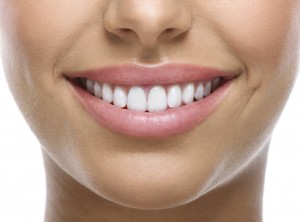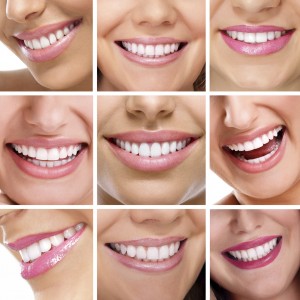 Your teeth outside of your oral care routine are probably not something you think about in depth. Teeth are actually complicated structures.
Your teeth outside of your oral care routine are probably not something you think about in depth. Teeth are actually complicated structures.
So we all know the proper care for our teeth, but what IS a tooth? Most of us have 32 teeth – hard, calcified white objects we use to chew, cut, crush, and swallow food.
The visible surface of the tooth is known as enamel. A hard, mineral surface, the enamel is typically light yellow to white in color, but is semi translucent, so the actual color of your tooth is determined by both the enamel and the underlying dentin. Made of a crystalized calcium phosphate known as hydroxyapatite, the enamel is both incredibly strong and incredibly brittle.
While enamel covers to outside of the tooth above the gum line, below the gum line the surface of the tooth is covered in a substance known as cementum. A yellowish substance, it contains less than half of the mineral content as enamel, making it much softer. The primary purpose of cementum is to provide a surface to allow the periodontal ligaments in the gums to hold onto the tooth.
Below the enamel and cementum lies the dentin. Dentin is a combination of mineralized hydroxyapatite, organic material and water, and is both much softer than enamel and much less brittle. However, it’s also more prone to decay, and severe cavities can cause significant dental problems if not treated rapidly.
Finally, within the dentin lies the tooth pulp. The pulp is soft tissue, filled with blood vessels and nerves that provide the tooth with oxygen, nutrients, and also the ability to transmit ‘senses’ such as temperature, pain, and pressure. The pulp also helps to form and repair dentin from within the tooth.
While most people will only see the enamel surface of their teeth, proper dental care will focus on maintaining each layer healthy. By protecting the enamel with proper brushing, and treating cavities formed by decay before they damage the dentin or pulp, dental care will focus on providing a patient with healthy teeth – from pulp to enamel – well into old age.
For more information and to make an appointment call, Dr. Kirtley at 317-841-1111 or visit his website smilesbygeorge.com
Dr. George Kirtley welcomes patients from Spring Hill, Beech Grove and Warren Park


